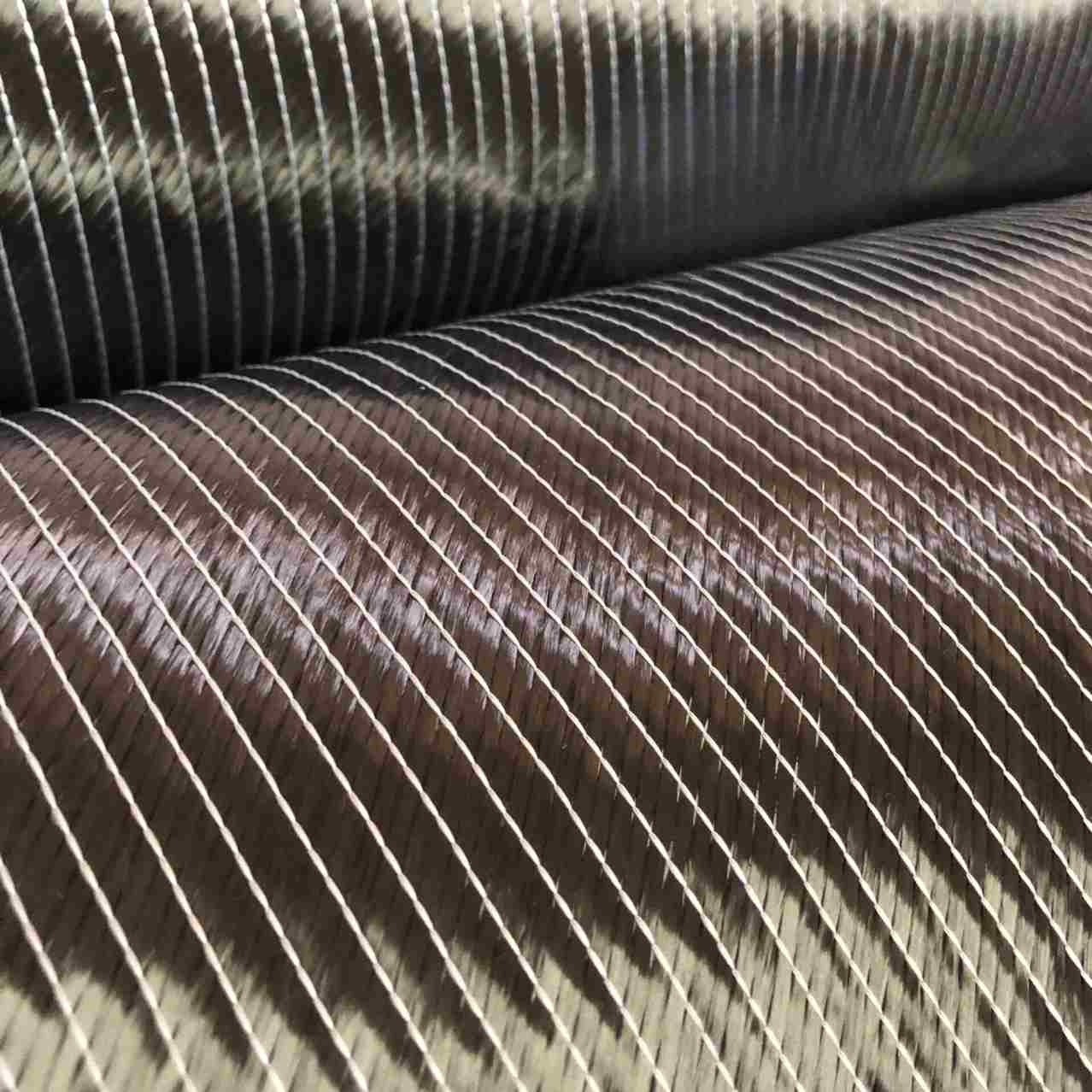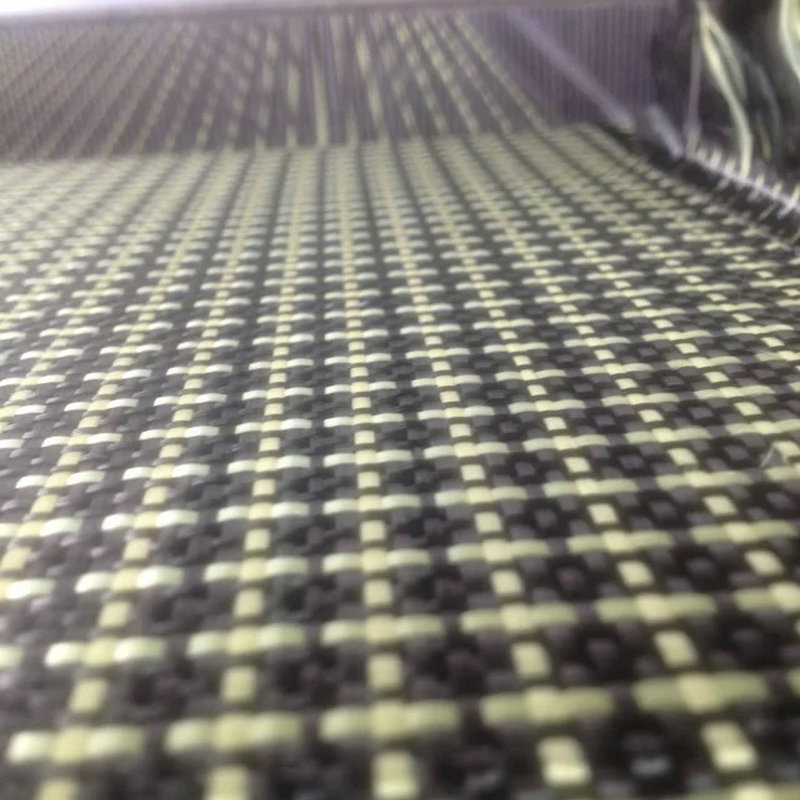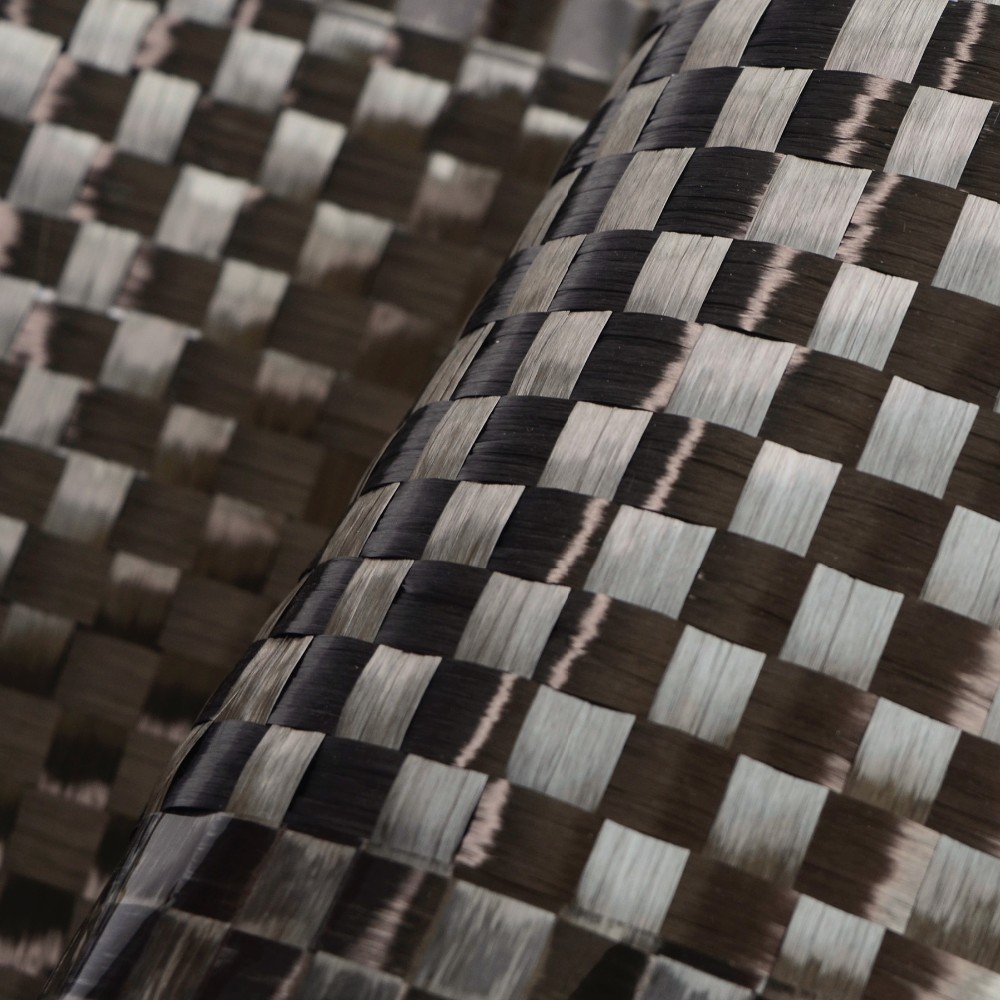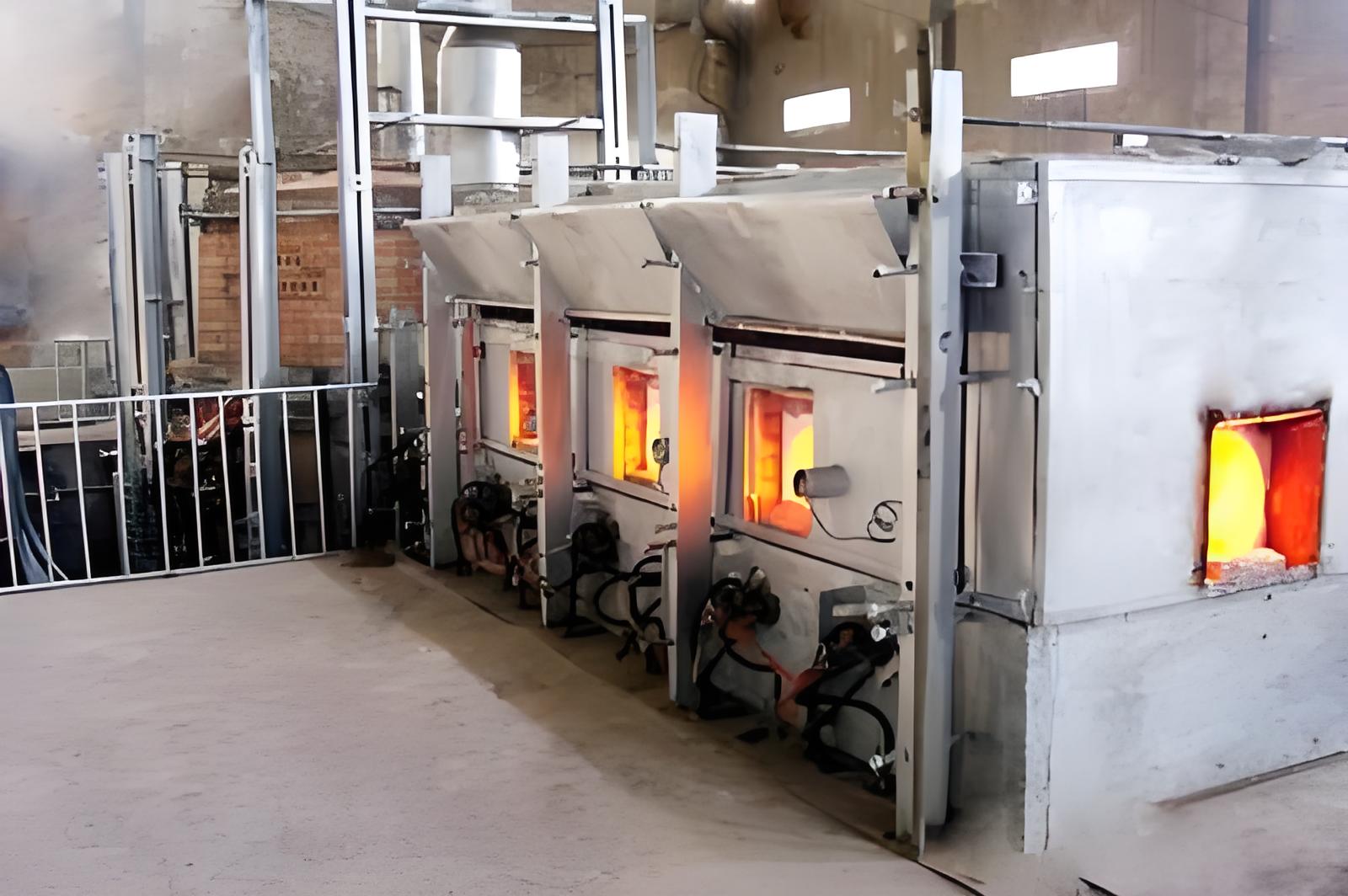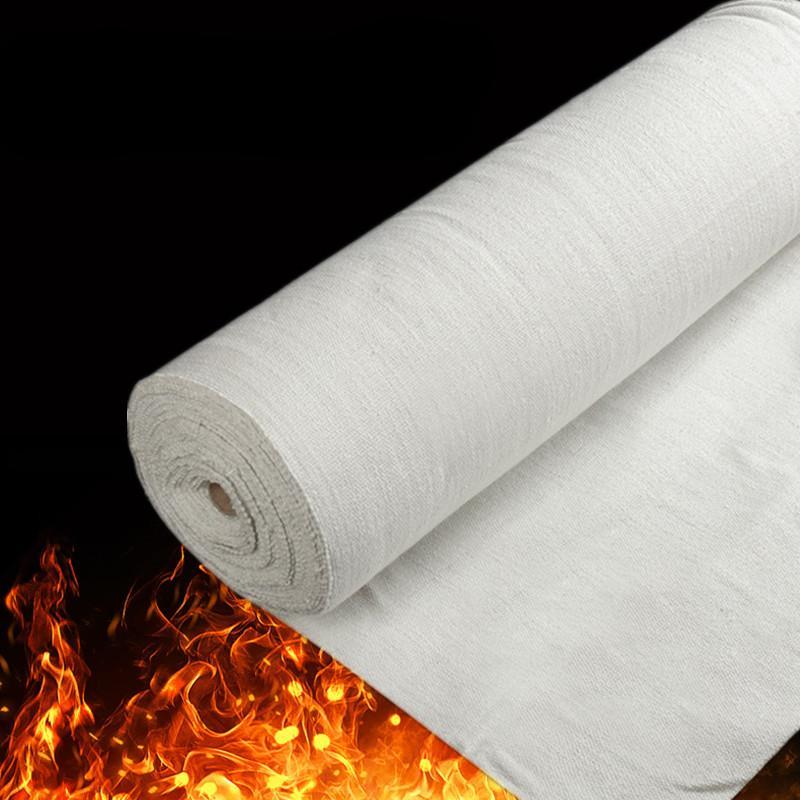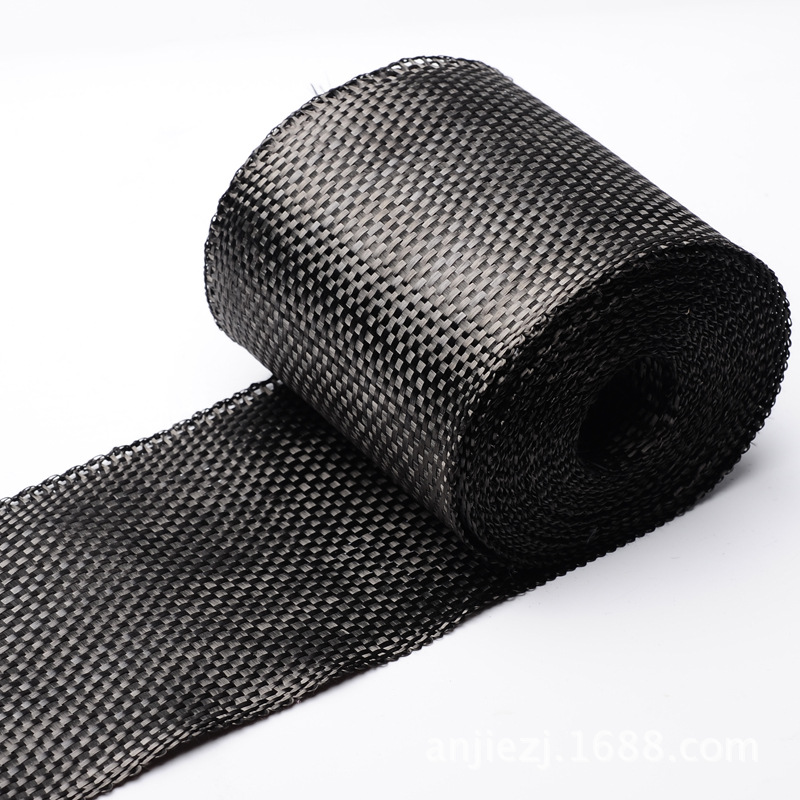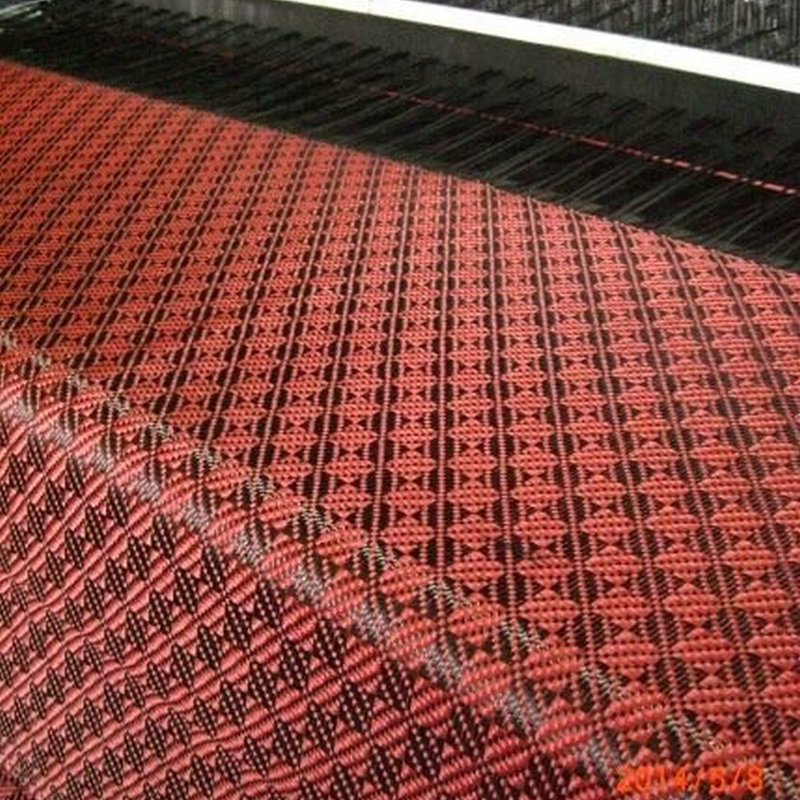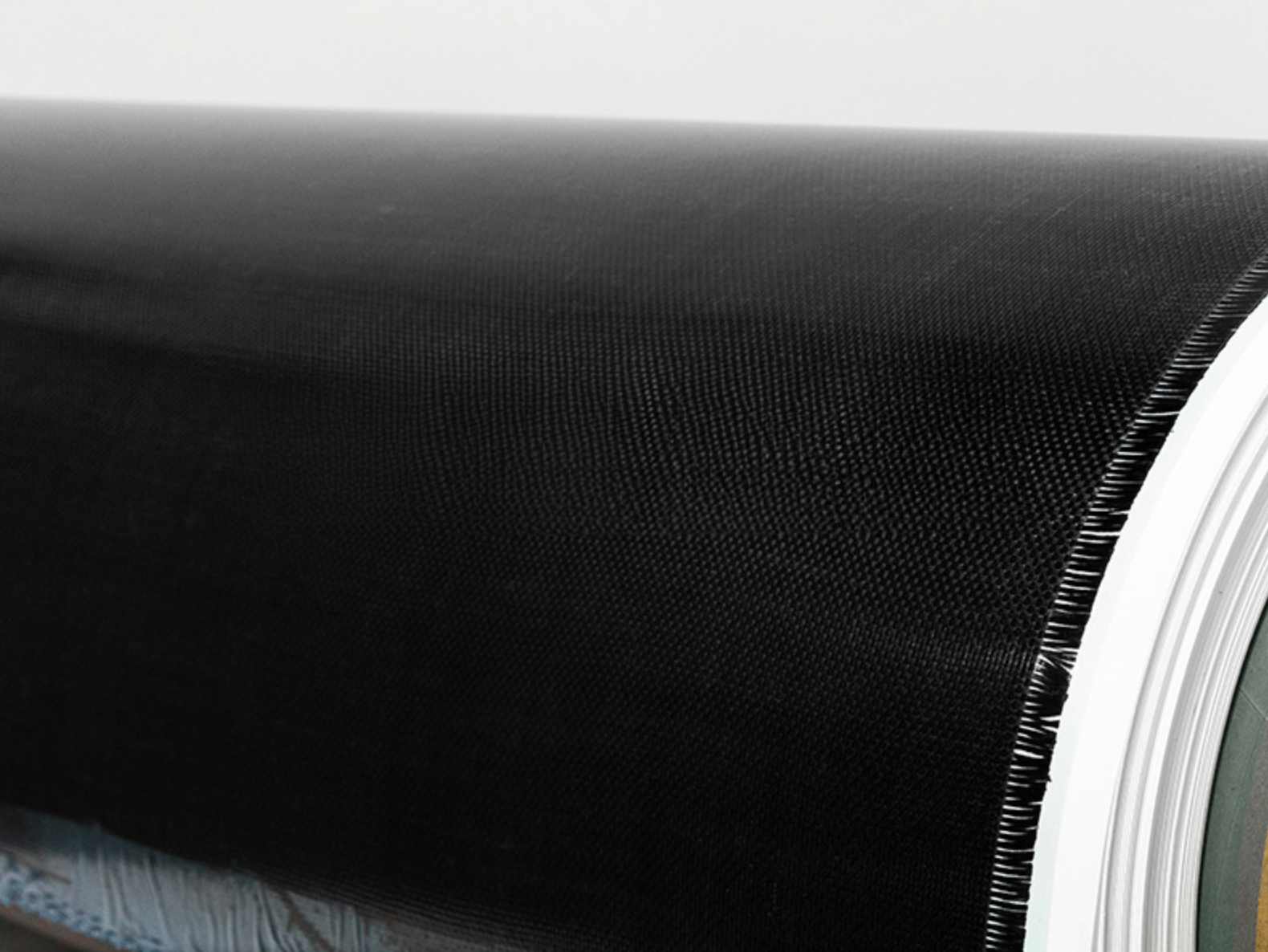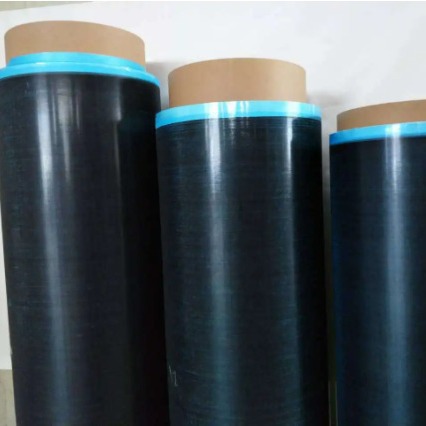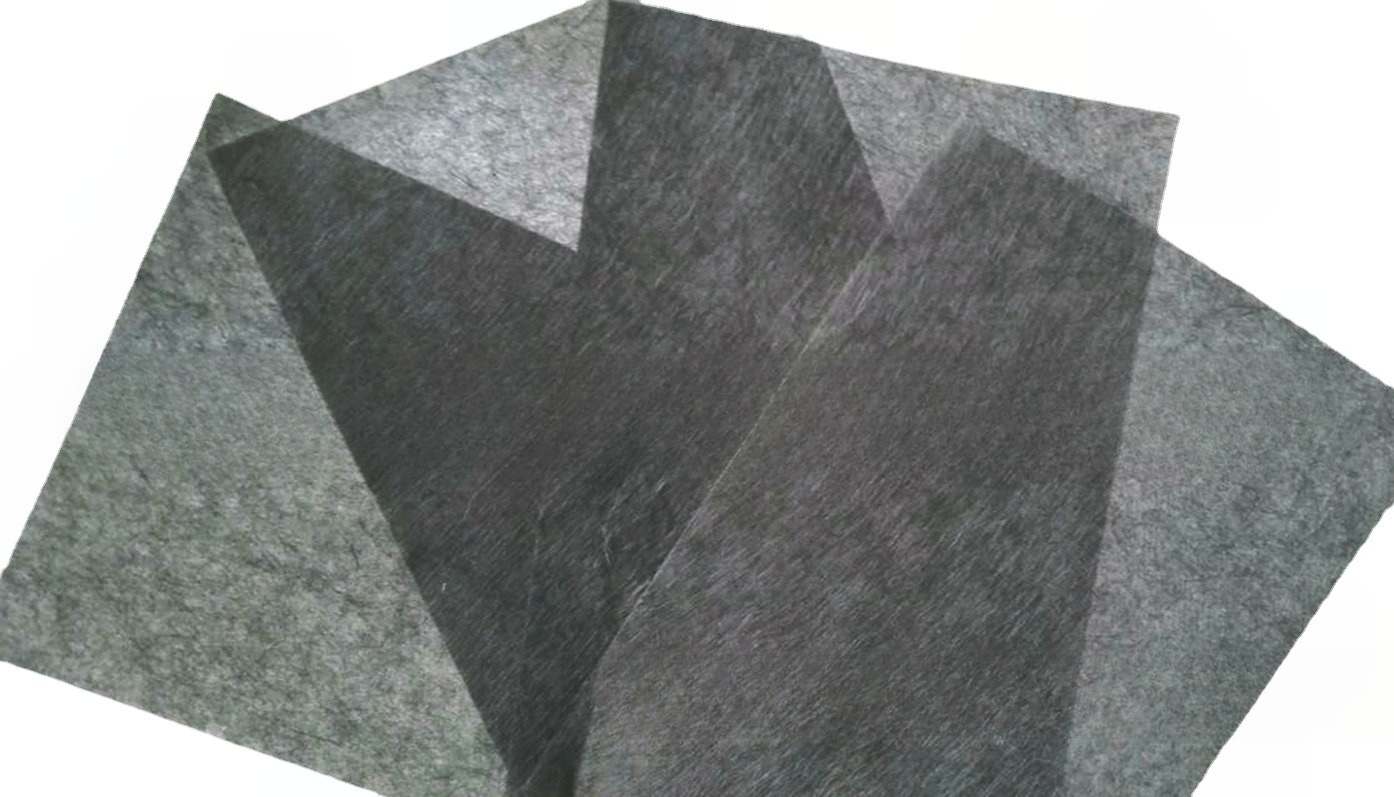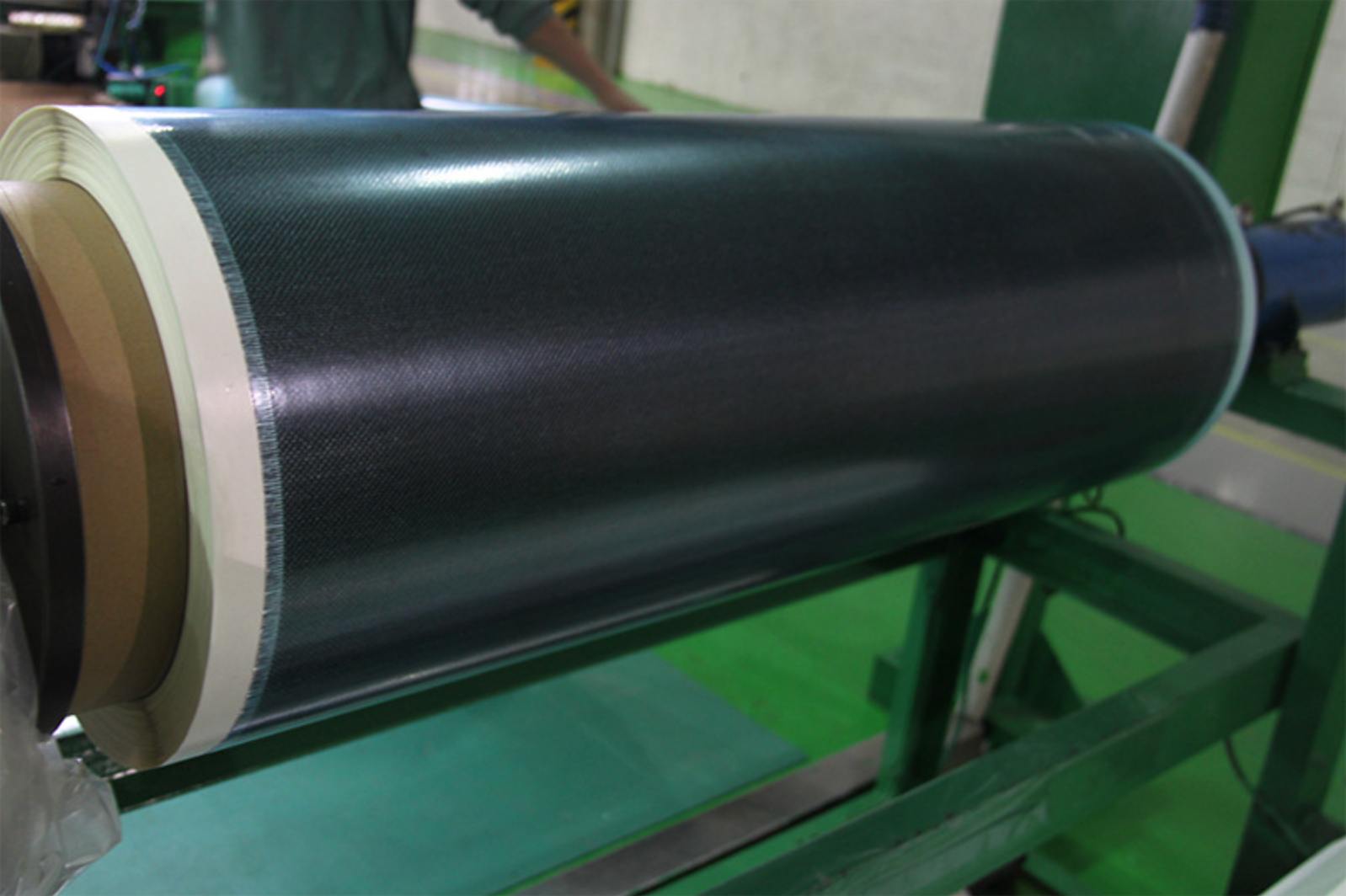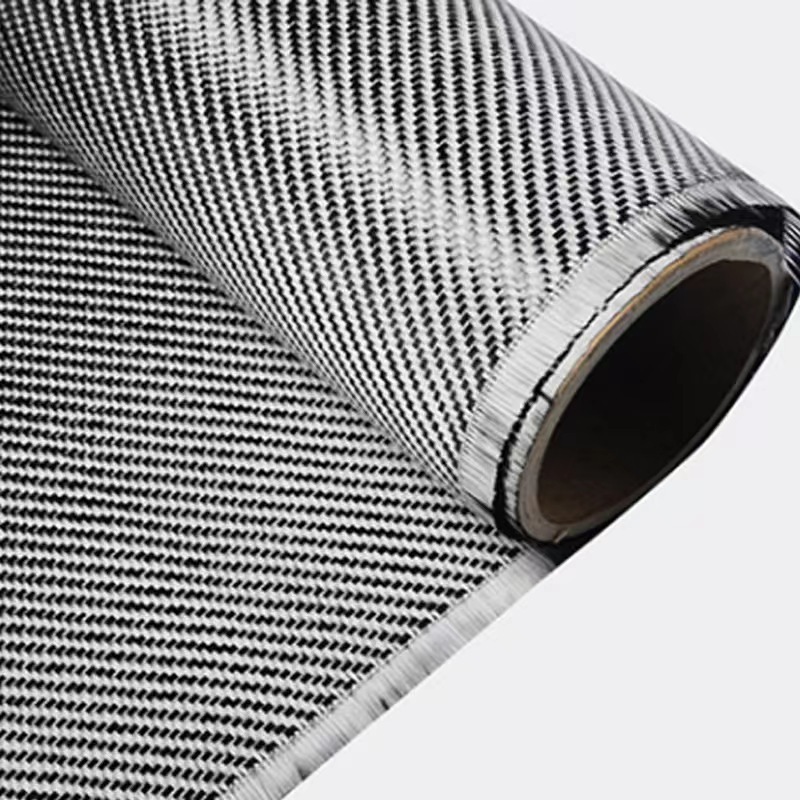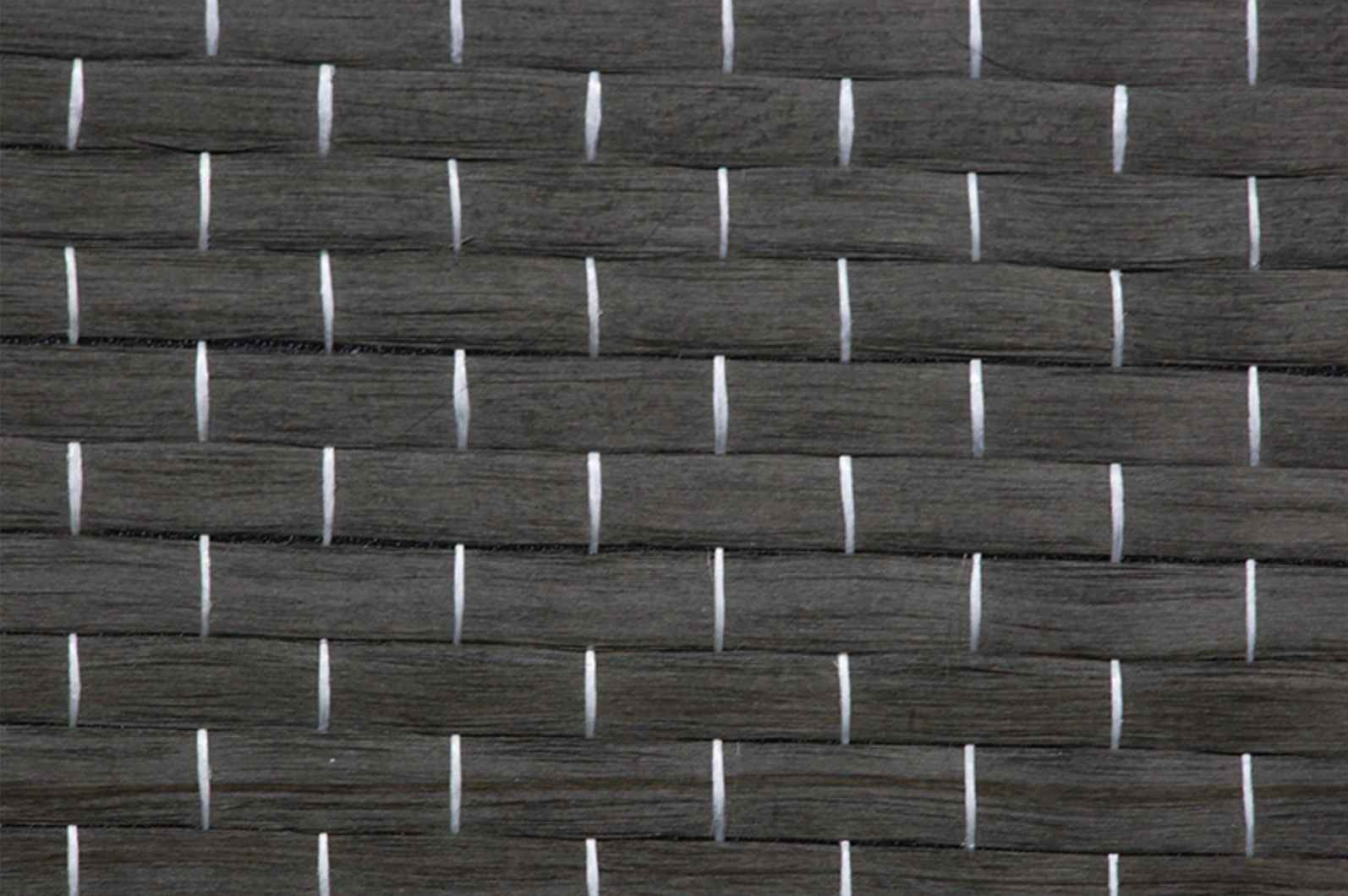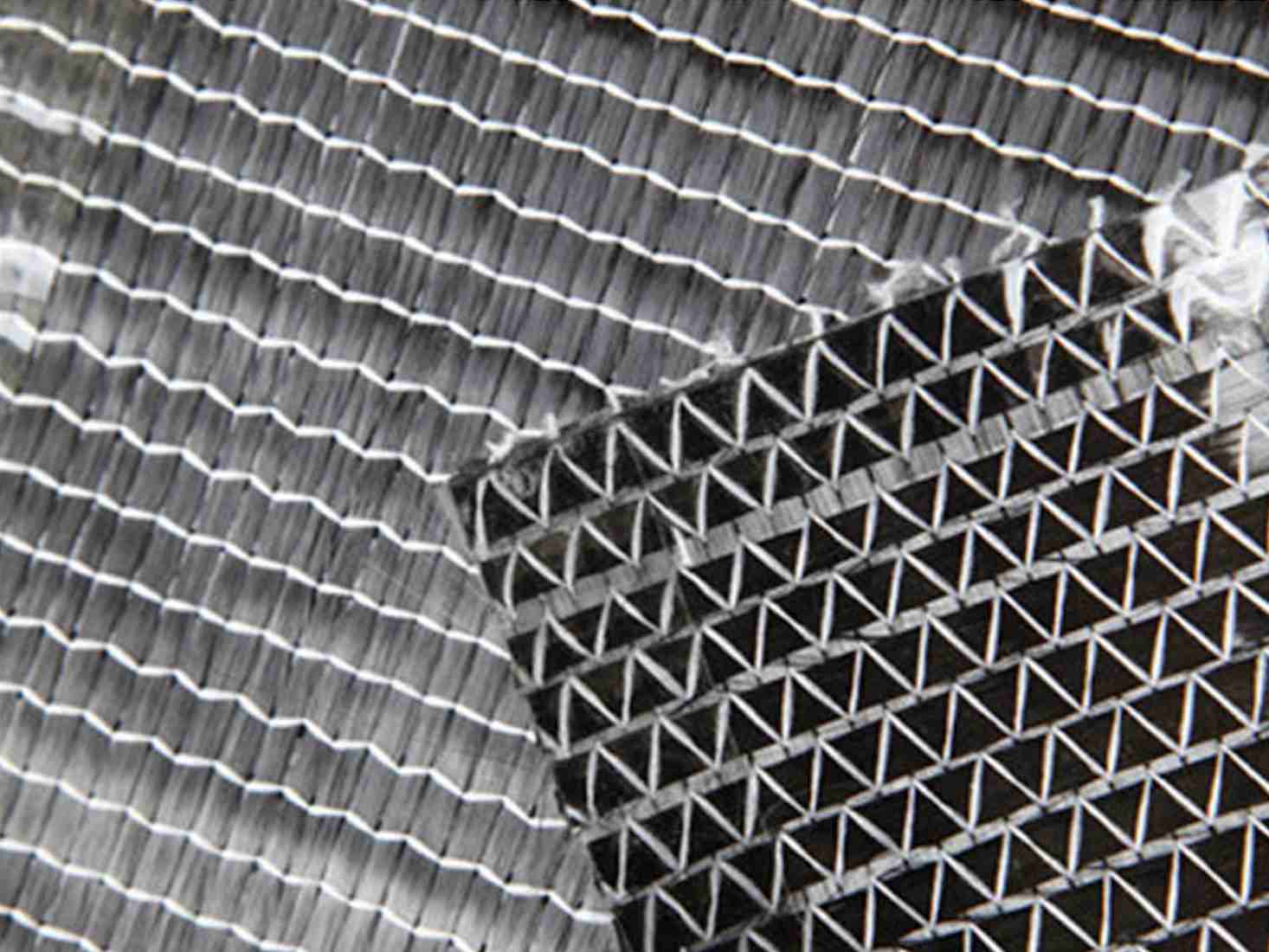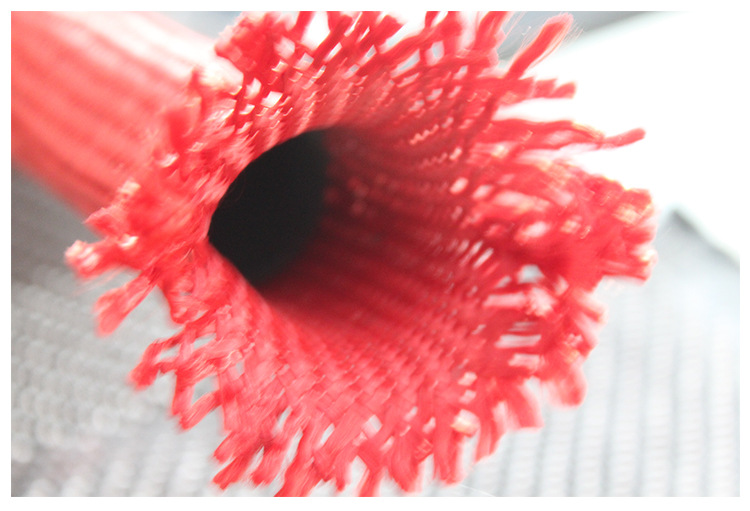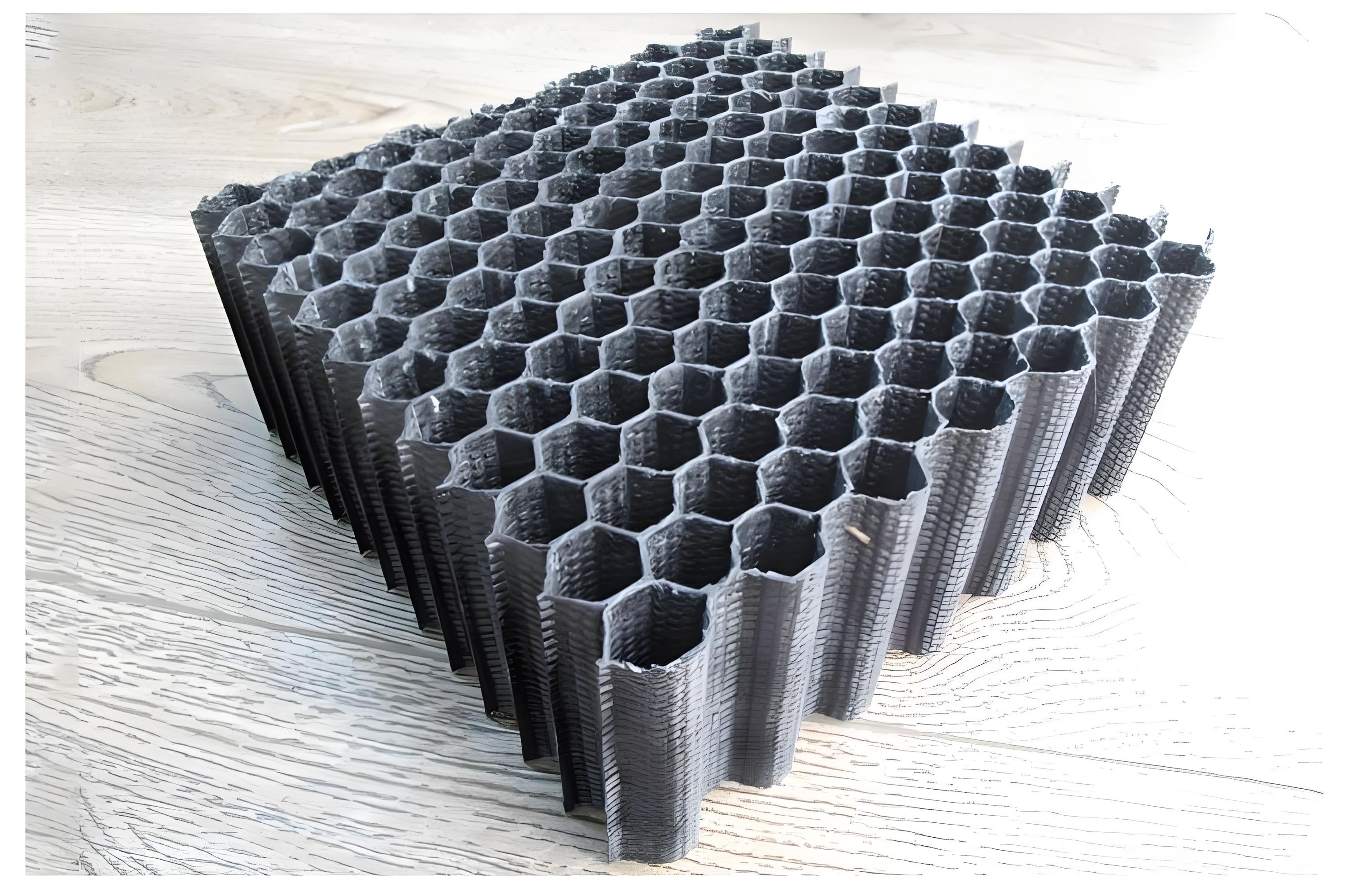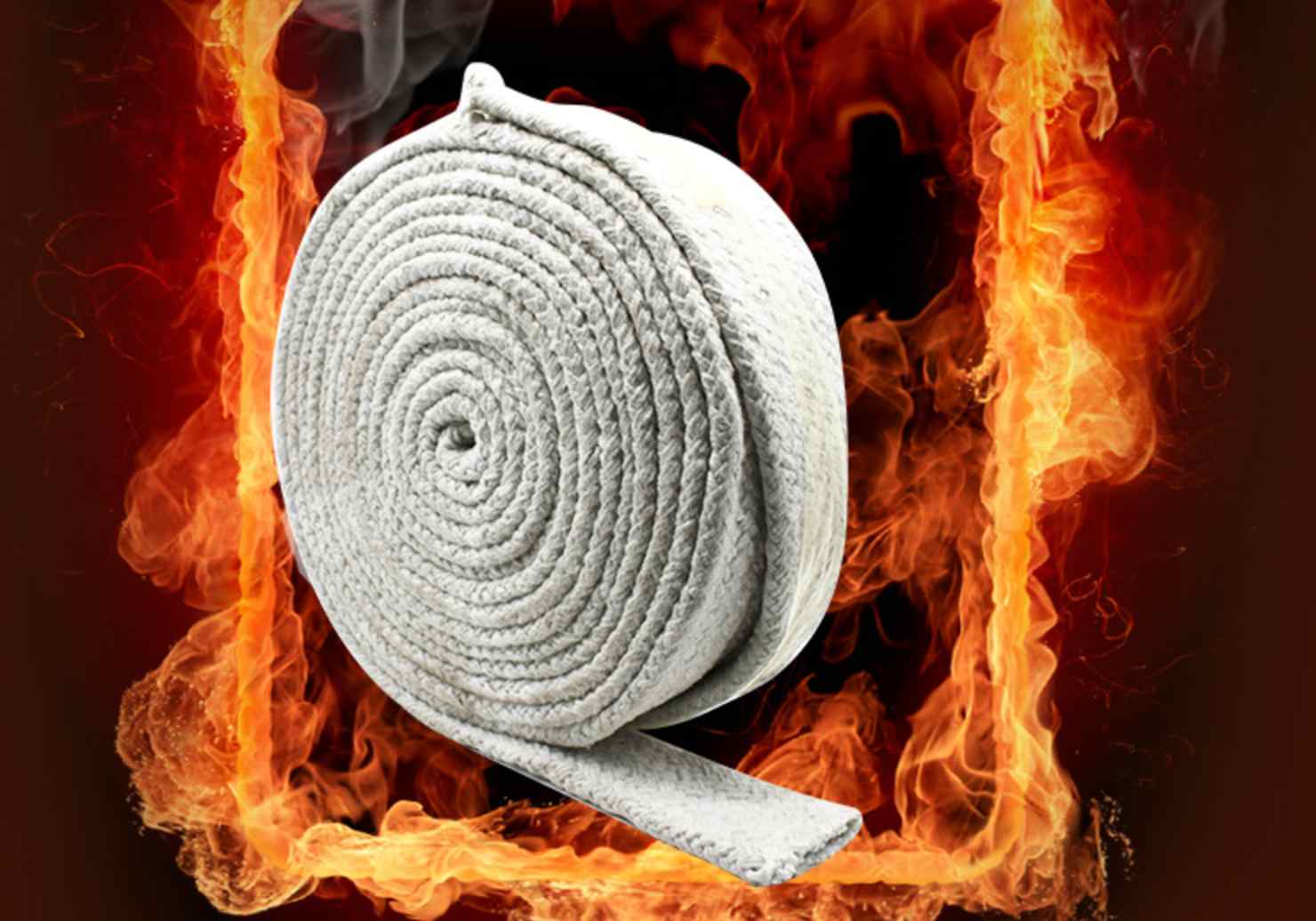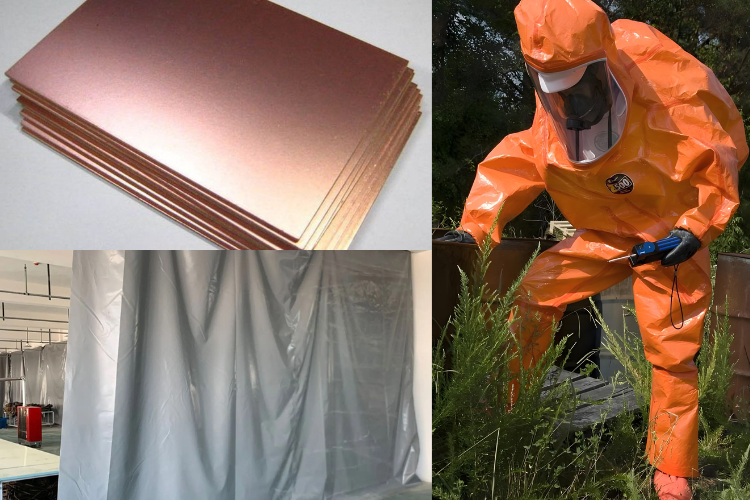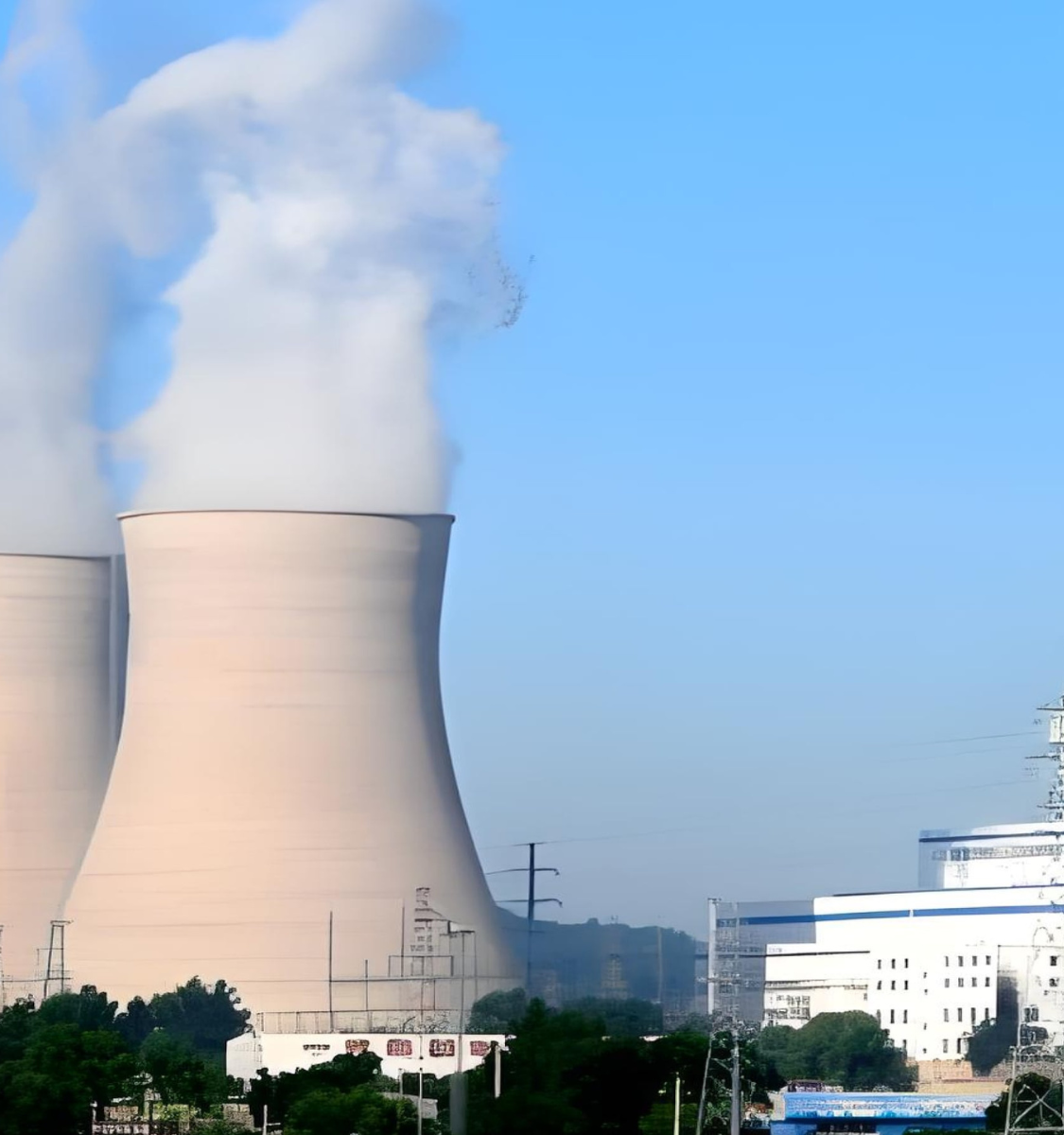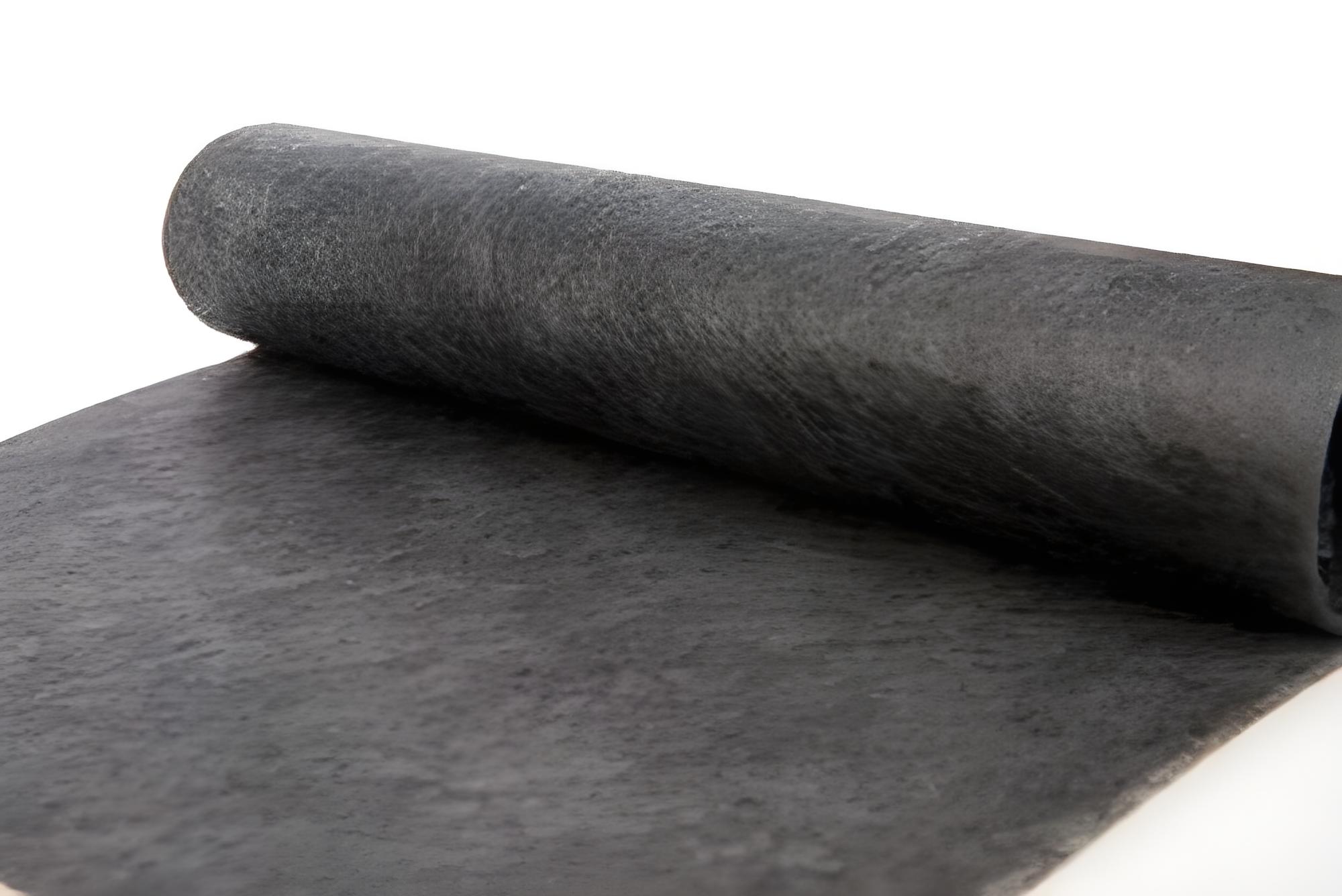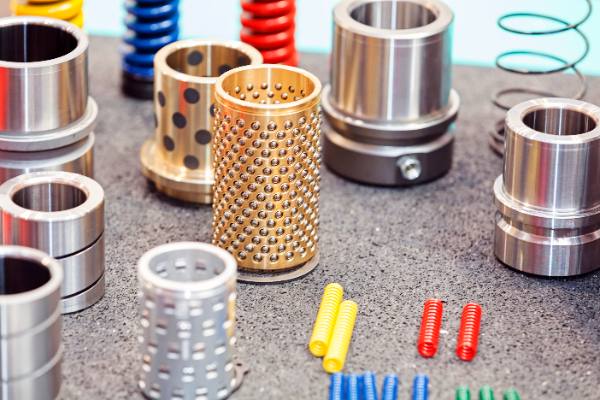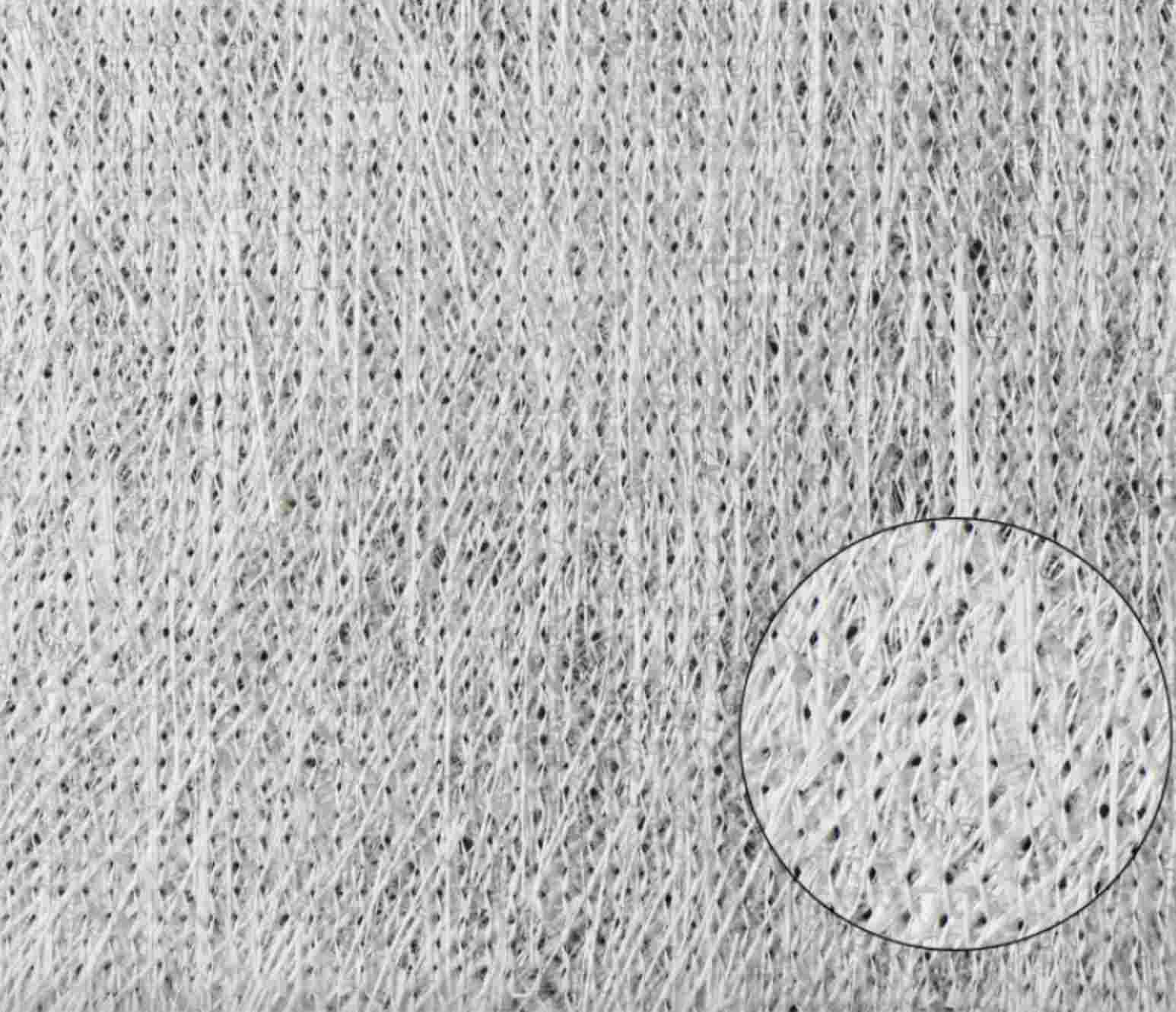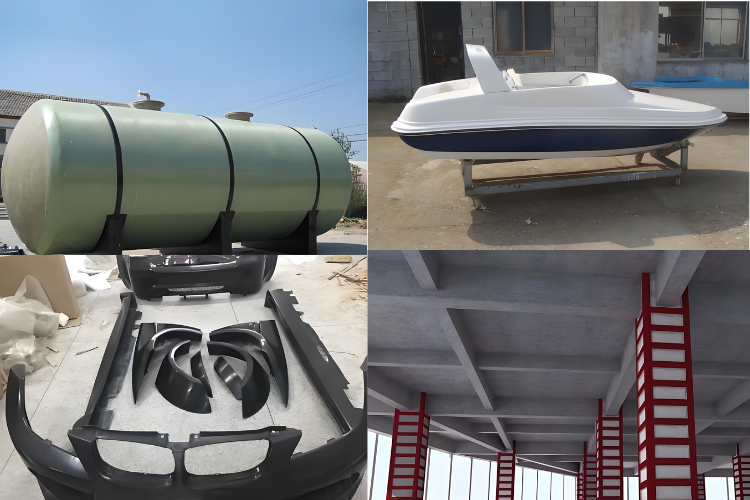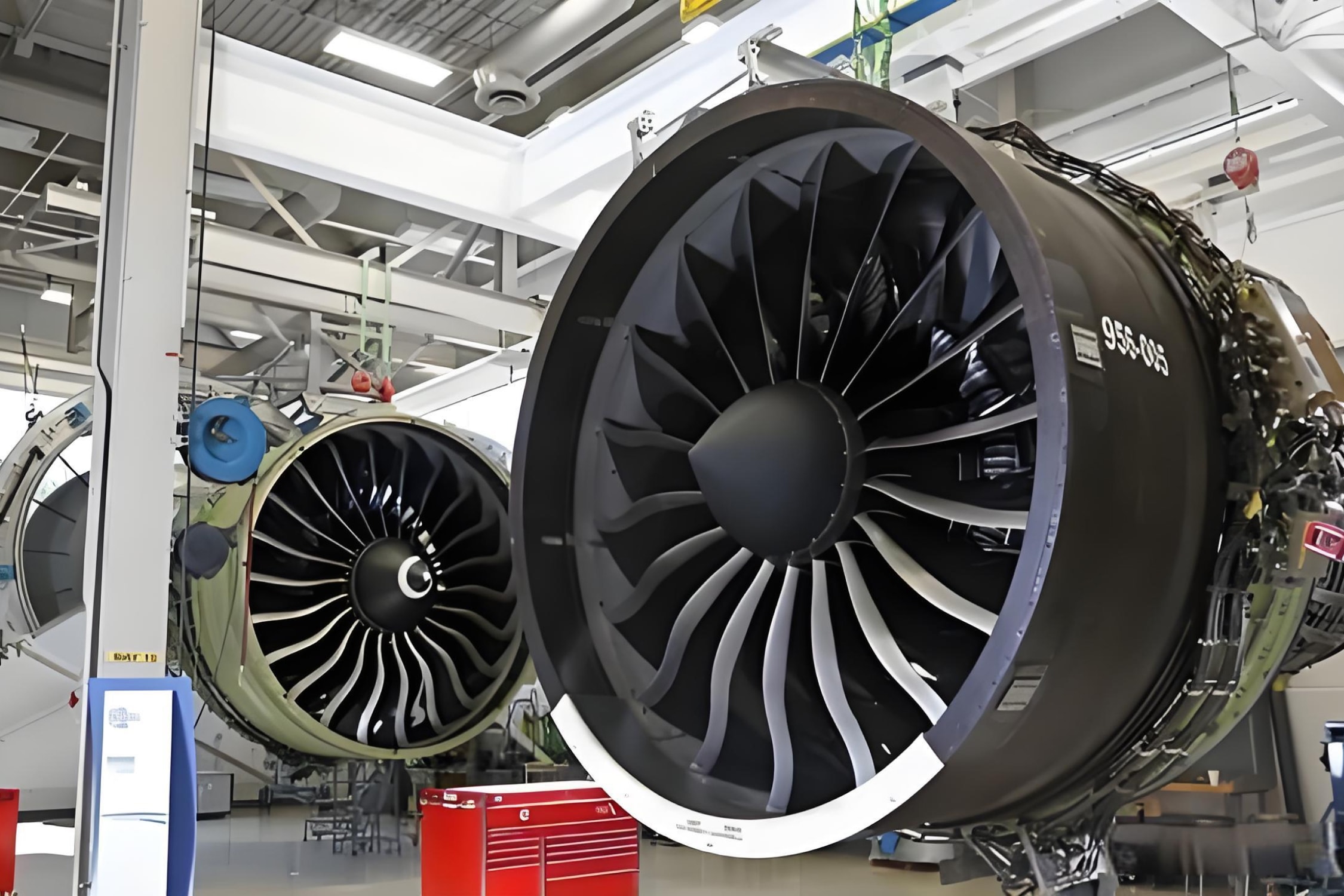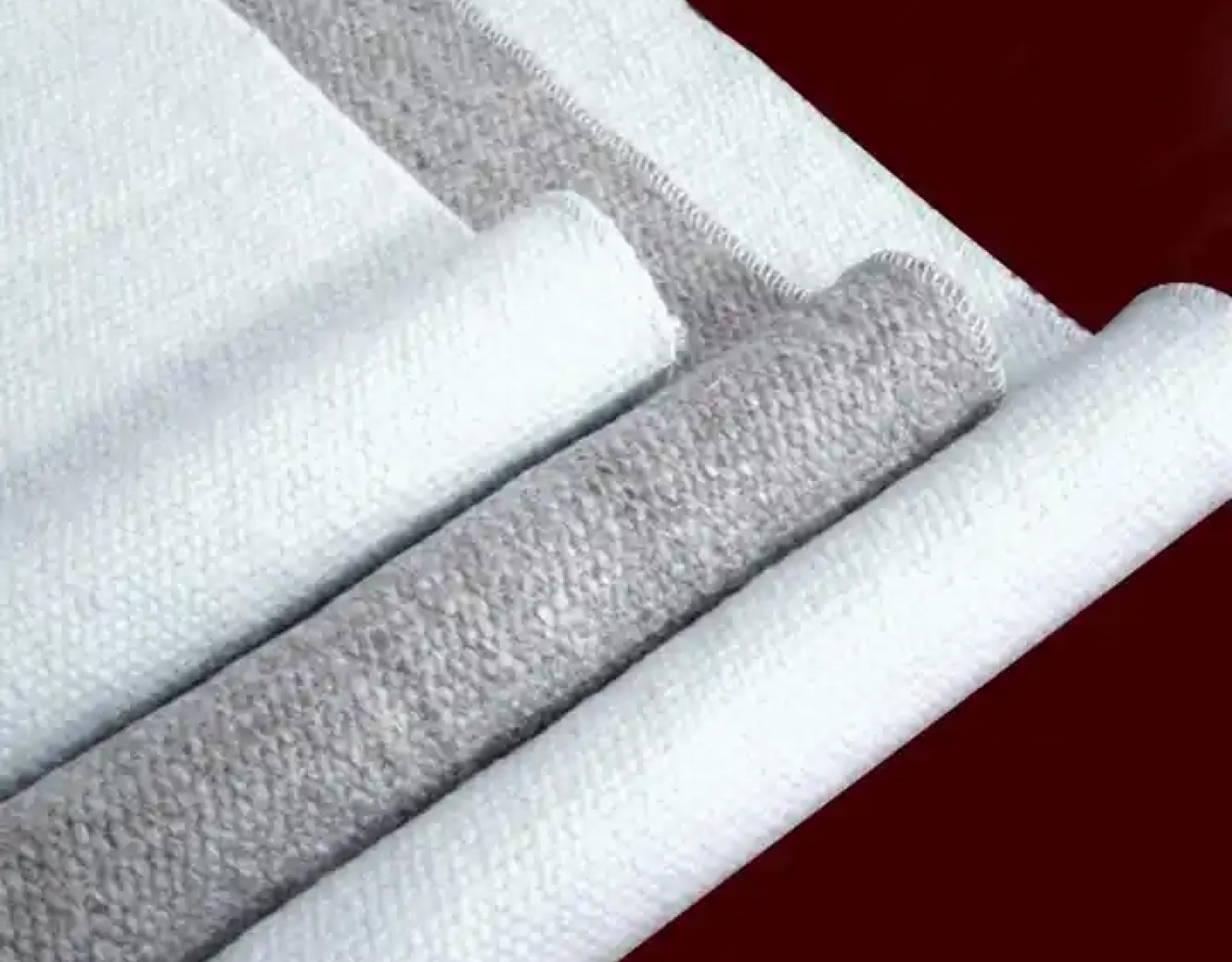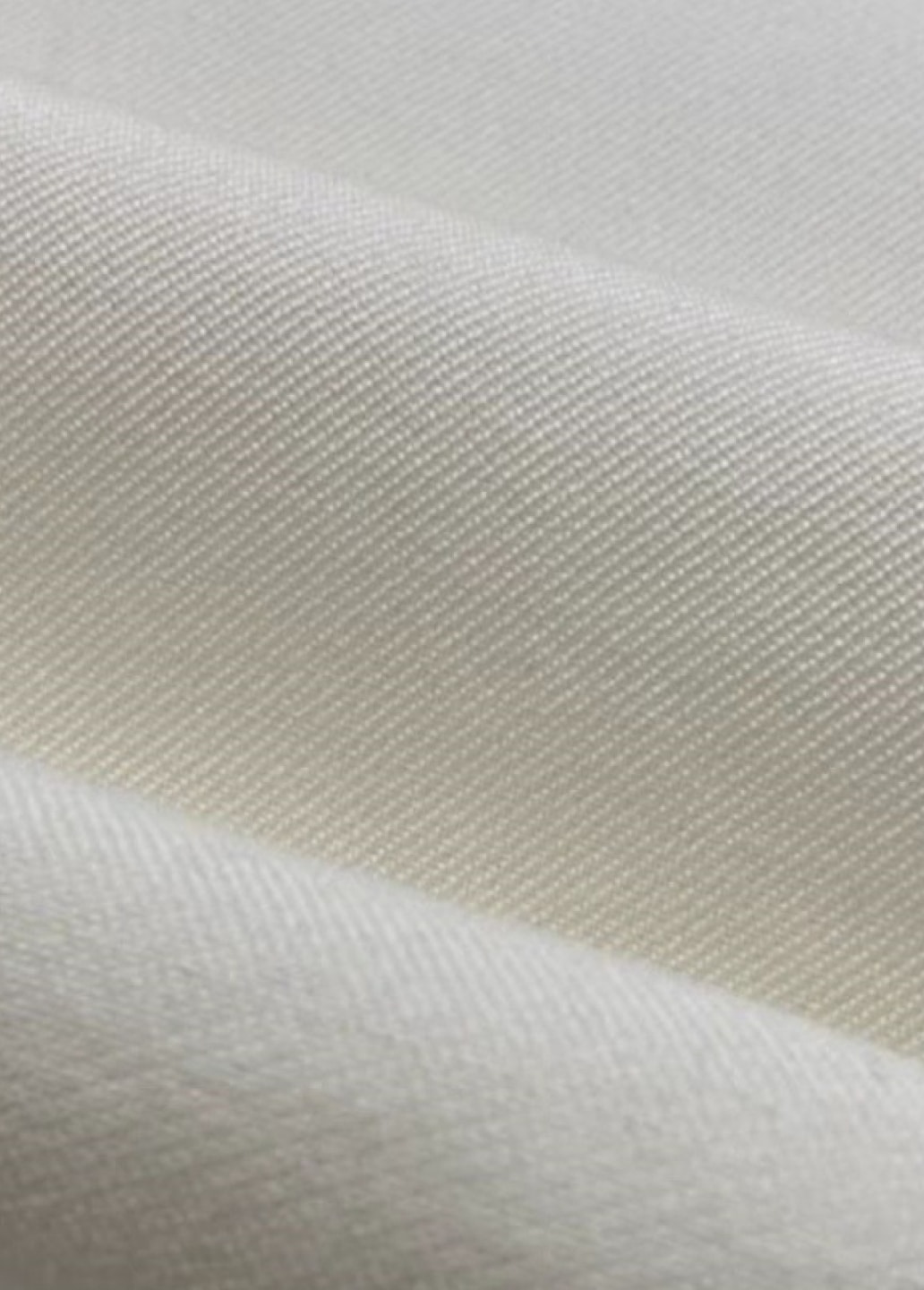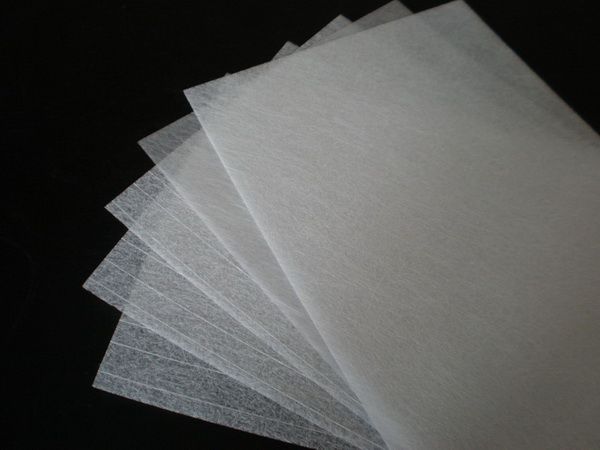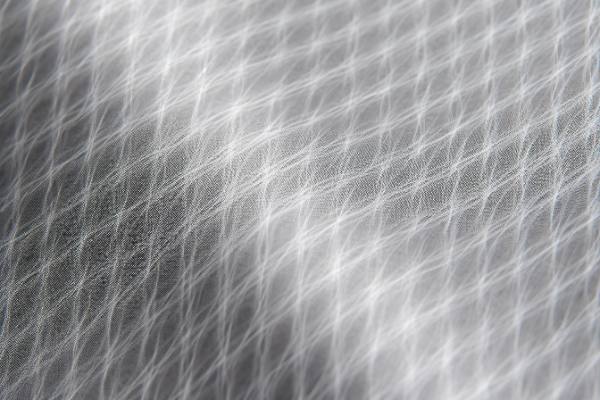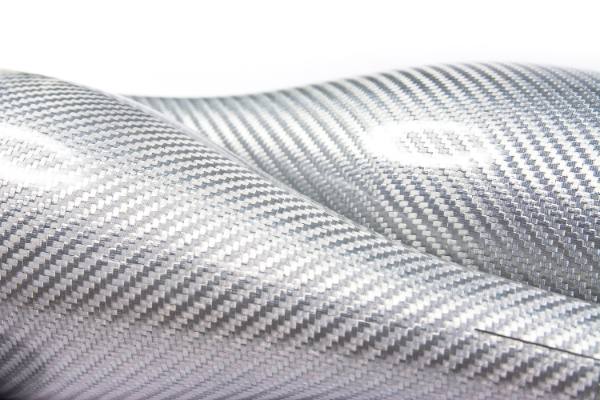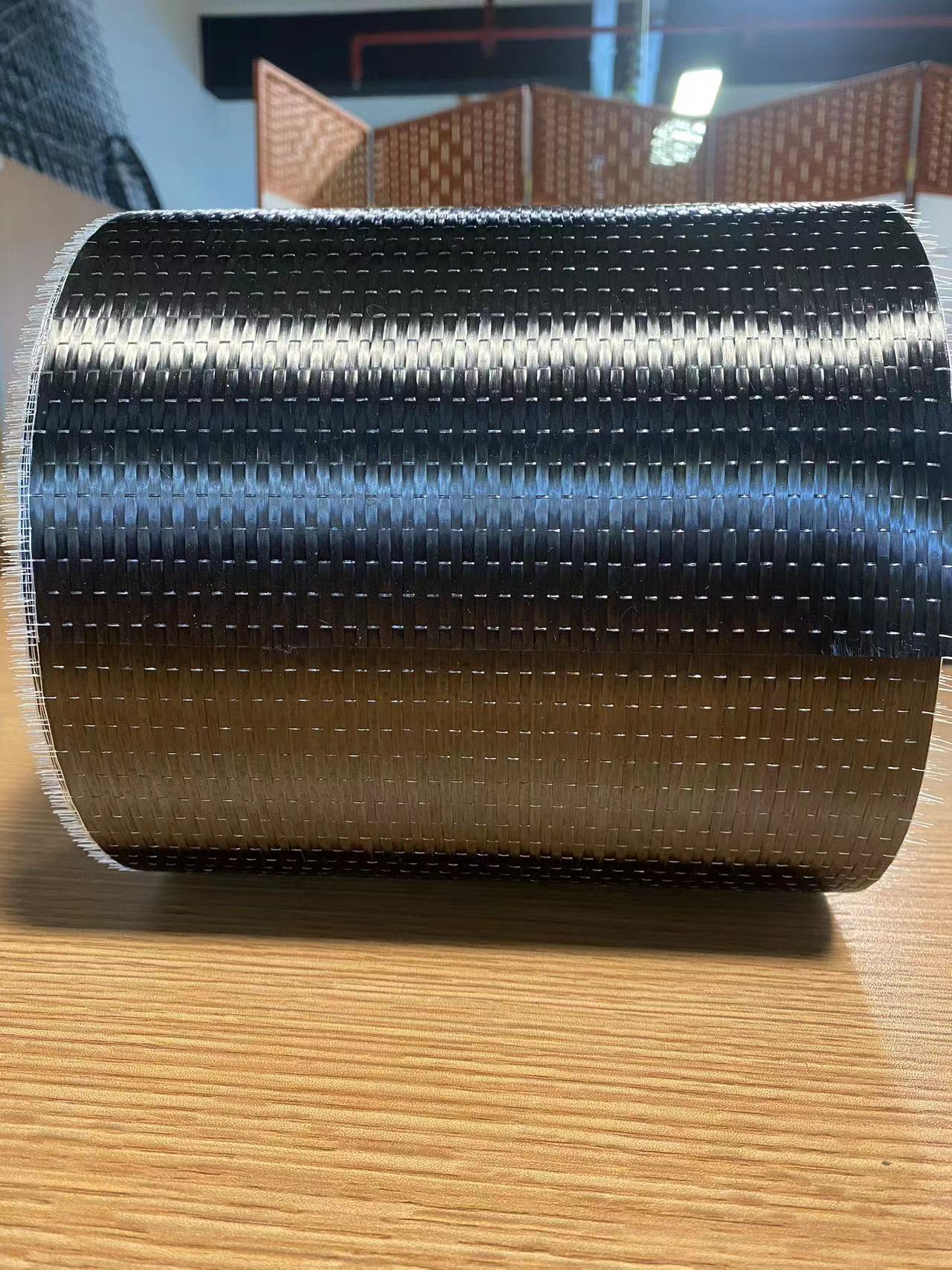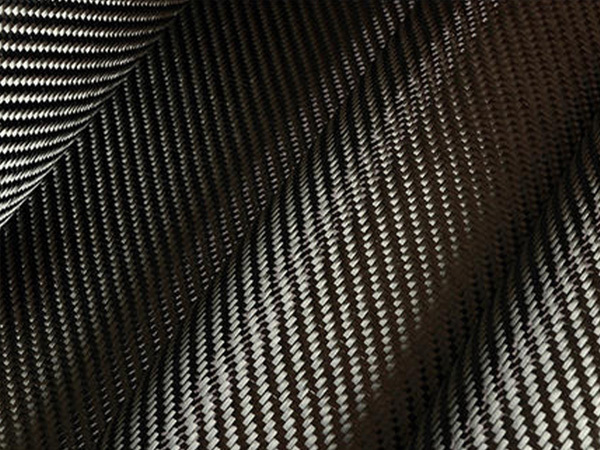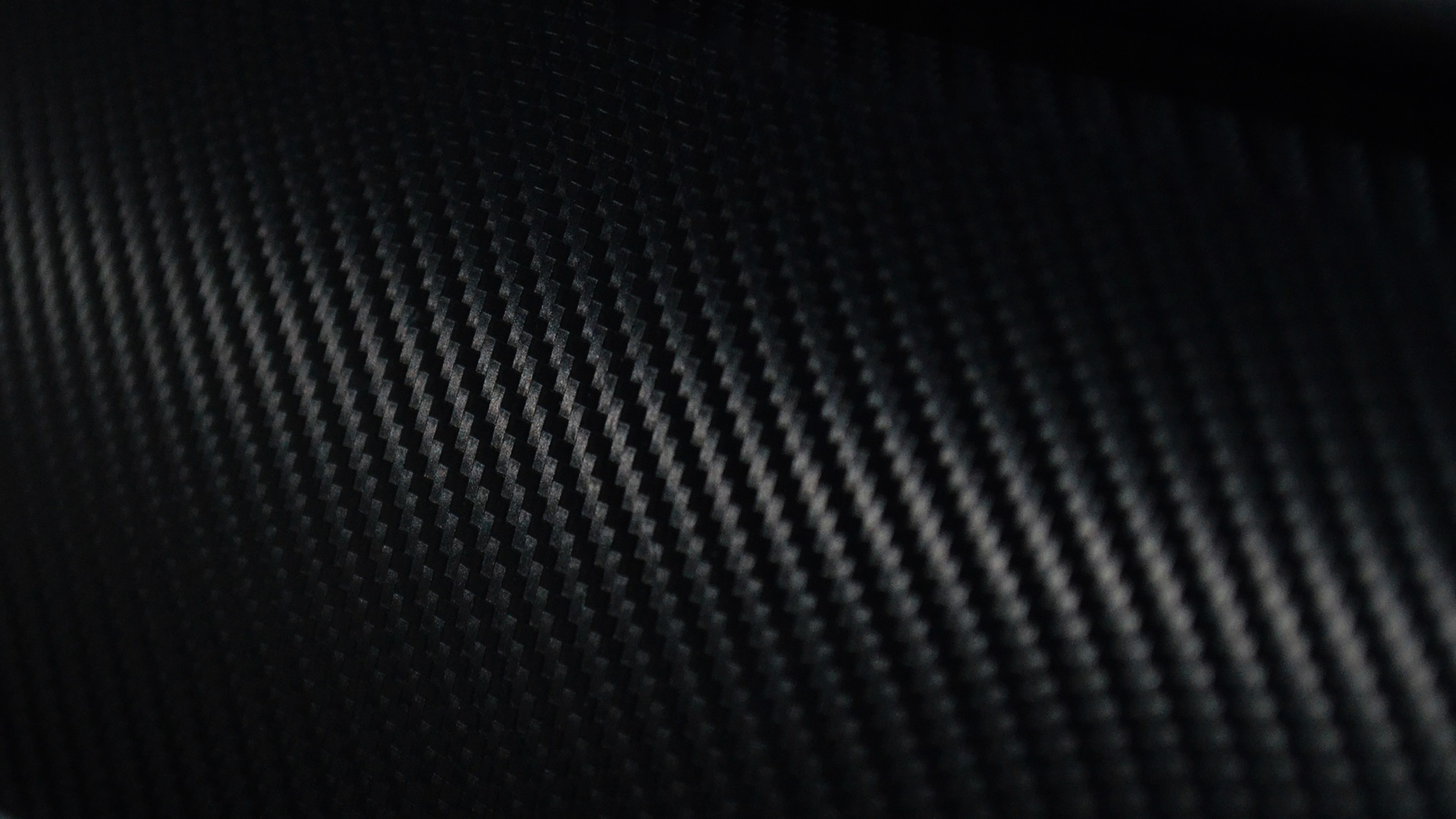+86-13732282311
merlin@xcellentcomposites.com
Let the world benefit from composite materials!
The Ultimate Guide to Quartz Fiber Filters: Applications and Benefits
Quartz fiber filters have become an indispensable component in scientific research, industrial applications, and environmental monitoring. These specialized filters, made from pure quartz fibers, offer unparalleled performance in capturing fine particulate matter, withstanding high temperatures, and maintaining chemical stability. Quartz fiber reinforcements are often incorporated into composite materials to enhance their mechanical strength and thermal stability, making them ideal for high-performance filtration applications. In this comprehensive guide, we will explore the defining features, benefits, and applications of quartz fiber filters, including their subset—micro quartz fiber filters. By the end of this article, you will understand why quartz fiber filters are a critical choice for various high-demand processes.
What Are Quartz Fiber Filters?
Quartz fiber filters are high-performance filtration materials constructed from pure quartz fibers. These fibers are mechanically bonded into a non-woven, fabric-like structure without the use of binders or adhesives. This design ensures that the filters are free from contaminants, making them ideal for sensitive applications where purity is essential.
Key Characteristics of Quartz Fiber Filters
1.High Thermal Resistance:
Quartz fiber filters can tolerate temperatures up to 900°C, making them suitable for processes that involve extreme heat. Unlike other filter types, they do not deform or degrade at high temperatures.
2.Low Trace Metal Content:
These filters are composed of nearly pure quartz, ensuring minimal interference from trace metals. This property is especially crucial in analytical applications like mass spectrometry or emission testing, where precision is vital.
3.Chemical Stability:
Quartz fiber filters resist damage from exposure to a wide range of chemicals, including acids, bases, and organic solvents. This stability makes them a versatile choice for various industrial and scientific processes.
4.High Particulate Capture Efficiency:
The fine fibers in quartz filters enable the effective capture of particulates, even at micro and nano scales. This efficiency is crucial in applications like air quality monitoring and gravimetric analysis.
Applications of Quartz Fiber Filters
Quartz fiber filters are employed in numerous fields due to their exceptional properties. Below are some of the most common and critical applications:
1.Air Quality Monitoring
Air quality monitoring is one of the most significant applications of quartz fiber filters. These filters are widely used in environmental studies to measure airborne particulate matter, such as PM2.5 and PM10, which are critical indicators of air pollution.
Micro Quartz Fiber Filters in Air Sampling:
Micro quartz fiber filters, with their finer fibers and smaller pore sizes, excel in capturing ultra-fine particles. These filters are particularly effective in urban pollution studies, where capturing nanoparticles is crucial for understanding health impacts.
Benefits in Air Monitoring:
- Provide accurate measurements of airborne pollutants.
- Withstand long sampling durations without degradation.
- Enable analysis of chemical composition through spectroscopic methods.
2. Emission Testing
Emission testing is essential for industries to comply with environmental regulations. Quartz fiber filters are used to collect particulate emissions from combustion sources such as power plants, industrial boilers, and vehicles.
Thermal Resistance Advantage:
Quartz fiber filters can handle high-temperature exhaust streams without compromising their structure, ensuring consistent performance during sampling.
Applications in Emission Testing:
- Analysis of industrial flue gases.
- Monitoring vehicle emissions to evaluate compliance with emission standards.
- Testing efficiency of air pollution control devices like scrubbers and filters.
3. Laboratory Applications
In laboratory settings, quartz fiber filters are indispensable for precise and contamination-free filtering. Common laboratory applications include:
- Gravimetric Analysis:
The low and consistent mass of quartz fiber filters makes them ideal for weighing experiments. They do not absorb moisture, ensuring accurate results. - Chemical Analysis:
Quartz fiber filters are chemically inert, ensuring no interference during spectrometry, chromatography, or other sensitive analyses. - Particulate Collection:
Their ability to trap fine particles is valuable in studies involving aerosols or suspended particulates.
4. Industrial Processes
Quartz fiber filters are also used in various industrial processes that require durability and precision. For example:
- High-Temperature Filtration:
In industries like metallurgy and ceramics, quartz fiber filters are used to filter molten materials or gases at high temperatures. - Process Filtration:
Their chemical stability makes them suitable for filtering aggressive chemicals or corrosive solutions in industrial setups.

Benefits of Quartz Fiber Filters
Quartz fiber filters offer several advantages over other filter materials. Below are the key benefits that make them the preferred choice in demanding applications:
1. High Precision in Sampling
The fine fibers of quartz filters enable the capture of even the smallest particulates. This precision is essential in applications like air quality monitoring, where the accurate measurement of pollutants directly impacts public health studies and regulatory compliance.
2. Thermal Stability
Quartz fiber filters can withstand extreme heat without breaking down, making them suitable for processes like emission testing or high-temperature filtration.
- Micro Quartz Fiber Filters Benefit:
Micro quartz fiber filters, with their enhanced thermal insulation properties, provide an added layer of protection in applications requiring ultra-high heat tolerance.
3. Chemical Resistance
Quartz fiber filters remain stable when exposed to acids, alkalis, and organic solvents, ensuring longevity and reliability in chemically aggressive environments.
4. Low Background Interference
The low trace metal and organic content of quartz fiber filters minimizes background noise in analytical measurements. This property is particularly valuable in studies requiring high sensitivity, such as spectroscopic or gravimetric analysis.
5. Eco-Friendly and Reusable
Unlike disposable filters, quartz fiber filters can often be cleaned and reused, reducing waste and promoting sustainability.
Micro Quartz Fiber Filters: A Closer Look
Micro quartz fiber filters represent a cutting-edge advancement within the realm of quartz fiber filtration technology. These specialized filters, crafted from ultra-fine quartz fibers, stand out for their superior capabilities in capturing minuscule particulates and performing with precision in demanding environments. Their design and functionality make them an indispensable tool in applications that require high sensitivity, accuracy, and durability.
Unique Features of Micro Quartz Fiber Filters
1. Ultra-Fine Particle Capture
One of the most defining characteristics of micro quartz fiber filters is their ability to trap particles smaller than 1 micron. This exceptional performance stems from the tightly interwoven fibers that create an extensive surface area for particulate capture. This capability is vital for nanoparticle research, where understanding the behavior and characteristics of materials at the nano-scale is critical. Additionally, in high-resolution air quality monitoring, these filters allow for the precise quantification and analysis of ultrafine pollutants like PM0.1, contributing to better public health assessments and regulatory decisions.
2. Reduced Airflow Resistance
Despite their fine structure, micro quartz fiber filters are engineered to maintain efficient airflow. This unique balance between particulate capture efficiency and low airflow resistance allows for prolonged sampling periods without causing significant pressure drops. This is particularly advantageous in automated or long-duration sampling systems, where consistent airflow is required to ensure accurate results.
3. Enhanced Thermal Properties
The finer fibers in micro quartz fiber filters confer improved thermal insulation capabilities, allowing them to endure extremely high temperatures without degradation. These filters are particularly suited for applications in emission testing or high-temperature chemical processes, where maintaining structural integrity and performance at elevated temperatures is non-negotiable.
Micro quartz fiber filters, with their advanced features, open new possibilities in scientific research and industrial applications, reinforcing their status as essential tools in modern filtration technology.
Care and Maintenance of Quartz Fiber Filters
Proper care and maintenance are essential for ensuring the longevity and optimal performance of quartz fiber filters, especially given their critical role in sensitive applications. With the right cleaning techniques and storage methods, these filters can be reused multiple times, maintaining their effectiveness in capturing fine particles.
Cleaning Procedures
- Thermal Cleaning:
Thermal cleaning is one of the most effective methods for removing organic contaminants from quartz fiber filters. This involves heating the filter in a furnace at a high temperature, typically between 500°C and 900°C, to burn off any organic materials. This method ensures that the filter structure remains intact without causing damage or altering its properties. - Chemical Cleaning:
For non-organic contaminants, such as particulate matter from industrial processes, chemical cleaning is necessary. Using compatible solvents or mild acids can dissolve and remove these residues without compromising the integrity of the filter. It’s important to ensure that the cleaning agents used are suitable for quartz materials to avoid degradation.
Storage Tips
Proper storage is key to preventing contamination and ensuring the filter's longevity. Quartz fiber filters should be stored in clean, dry conditions, away from dust, moisture, and chemical vapors. It’s advisable to keep them in sealed bags or containers to protect them from environmental contaminants.
Additionally, using protective covers or cases during transportation can prevent physical damage, ensuring that the filters retain their structure and performance when needed for filtration tasks.
Conclusion
Quartz fiber filters, including micro quartz fiber filters, are vital tools across industries and research fields. Their exceptional properties—high thermal resistance, chemical stability, and precision in particulate capture—make them the go-to choice for applications requiring durability and accuracy.
Whether you are monitoring air quality, analyzing emissions, or conducting high-purity laboratory experiments, quartz fiber filters provide the reliability and performance needed for success. By understanding their unique benefits and applications, you can leverage these remarkable filters to achieve superior results in your field.
Read More: What is Activated Carbon Fiber Felt?
Popular Composite Materials
Popular Composite Materials
Composites Knowledge Hub
Composites Knowledge Hub

